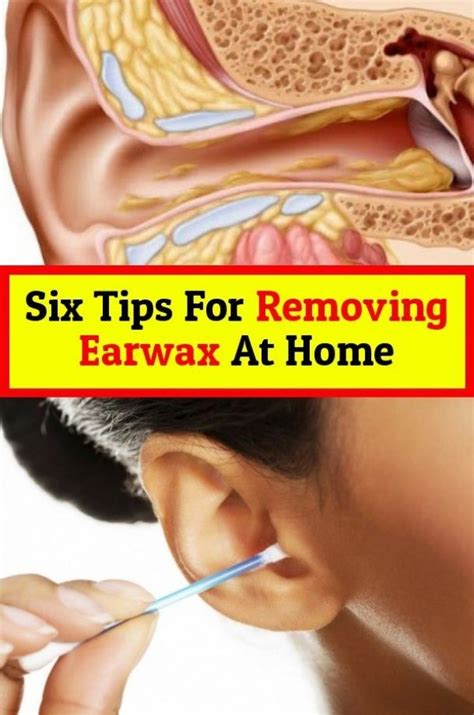How to Remove Earwax Safely and Effectively
Earwax, or cerumen, is a naturally occurring substance that protects your ear canal. While a little earwax is beneficial, excessive buildup can lead to discomfort, hearing loss, and even infection. This guide will explain how to safely remove earwax at home and when to seek professional help.
Understanding Earwax Buildup
Before we delve into removal methods, it's important to understand why earwax builds up. Excessive earwax can be caused by several factors, including:
- Narrow ear canals: Individuals with naturally narrow ear canals are more prone to blockage.
- Hairy ear canals: Increased hair can trap wax and debris.
- Use of cotton swabs: Ironically, using cotton swabs often pushes wax further into the ear canal, causing compaction.
- Hearing aids: These devices can sometimes contribute to wax buildup.
Safe Methods for Earwax Removal at Home
Never insert anything small and sharp into your ear canal. This includes cotton swabs, bobby pins, or even paper clips. Doing so can damage your eardrum and cause serious injury. Instead, try these gentler methods:
1. Softening the Earwax
The first step is often to soften the earwax, making it easier to remove. You can do this with:
- Warm water: Carefully flush your ear with warm water using a bulb syringe (available at most pharmacies). Important: Do this gently and avoid using excessive pressure. Improper use can damage your eardrum.
- Hydrogen peroxide (3% solution): A few drops of hydrogen peroxide can help to break down the wax. However, some individuals are sensitive to this, so test a small amount first. Let it sit for a few minutes, then gently flush with warm water using a bulb syringe.
2. Manual Removal (Only for Visible Wax)
If you see visible earwax at the opening of your ear canal, you may be able to gently remove it with a clean, soft washcloth. Never attempt to dig deep into your ear canal.
3. Over-the-Counter Earwax Removal Products
Several over-the-counter earwax removal products are available. These typically contain ingredients designed to soften and loosen the wax. Always follow the instructions on the product label carefully.
When to See a Doctor
While home remedies are often effective, you should consult a doctor or ENT specialist if you experience:
- Significant hearing loss: If you notice a sudden or gradual decrease in hearing.
- Ear pain or discomfort: Persistent pain or itching could indicate an infection.
- Discharge from the ear: Pus or other fluid draining from your ear is a sign of a potential problem.
- Vertigo or dizziness: These symptoms, particularly if accompanied by hearing loss, require medical attention.
- Ineffective home remedies: If you've tried home methods without success, seeking professional help is essential.
Your doctor may use specialized instruments to safely and effectively remove the earwax, such as irrigation or suction.
Preventing Future Buildup
Preventing earwax buildup is often easier than dealing with a blockage. Here are some tips:
- Avoid using cotton swabs: Resist the urge to clean your ears with cotton swabs.
- Keep your ears dry: After showering or swimming, gently dry your ears with a towel.
- Avoid excessive ear cleaning: Over-cleaning can actually stimulate more wax production.
By following these guidelines, you can effectively manage earwax buildup and maintain healthy ears. Remember, prevention is key, and always seek professional help if you have any concerns.
